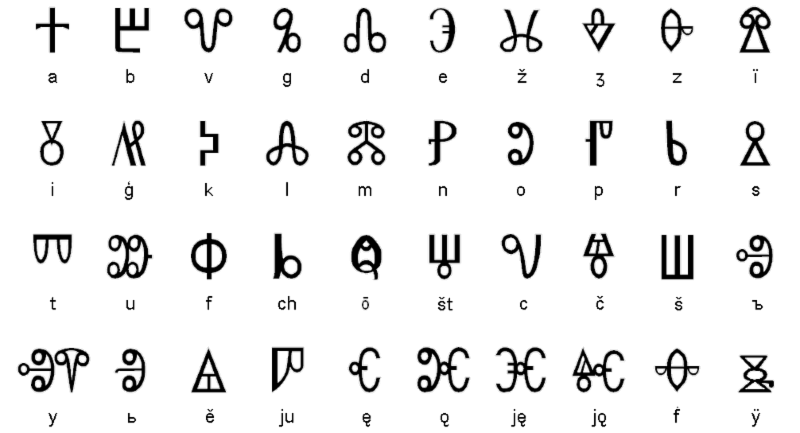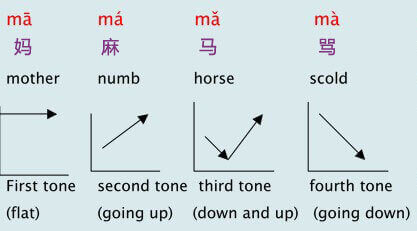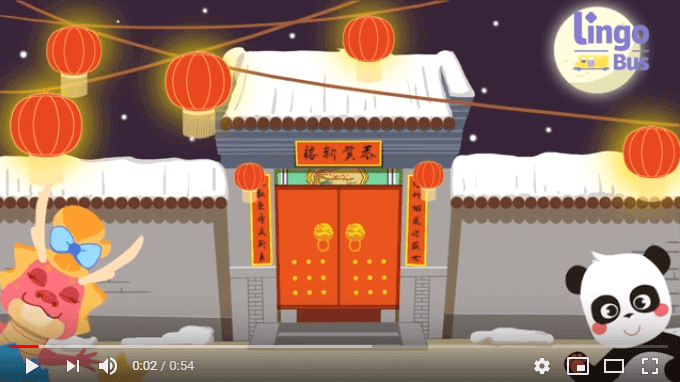What is Chinese Pinyin and How to Learn
When thinking about studying Mandarin Chinese I found myself seriously thinking and worrying: if in China they use characters to write and not the alphabet how do they write when using their phones or computers! There’s no way a keyboard with 10,000 characters exists, wouldn’t that be time consuming? Surely there had to be an answer, perhaps like our alphabet. Could there be such a thing as a Chinese alphabet? If so, how to learn Chinese alphabet ? Is it also character based? Chinese Pinyin learning can be fun at Lingo Bus!

Thankfully there was an easy answer to that, pinyin. But pinyin doesn’t just make it easier to type Chinese characters when using technology, it has many other uses. Pinyin is an essential tool when learning Chinese you can find out why below!
What is pinyin?
To put it simply, pinyin is simply a Romanization of the Chinese characters based on their pronunciation, the translation for ‘pinyin’ basically means ‘to spell out/combine sounds’. For example, 你好, which you know as ‘hello’ in pinyin is Nǐhǎo, the number and ‘dash’ signifies one of the 4 tones. But we will get into that a bit later and why it’s so crucial.
As with all our articles we like to bring a bit of history into play. Did you know that pinyin started as a tool to better introduce Chinese to new learners? Especially useful for foreign learners!
Although around for quite some time it wasn’t until the Qing Dynasty that Chinese people themselves started adopting this form of spelling into their writing system. However, the official use of pinyin as part of Mandarin Chinese didn’t’ take off for quite some time. It was only in the 1950’s that it became officially recognized as a part of Mandarin Chinese, due to a project led by a group of linguistics. In this form pinyin was introduced into schools all across China to help to improve literacy rates as well as help standardize the pronunciation of Chinese characters.
Why there needs to be a standard for the pronunciation characters?
As some of you may know, even today different provinces will have their own dialects that are so different that if you put a person from the North and the South in the same room they may not be able to understand each other! Unless of course if they use standard pinyin based Mandarin.
The work of those linguistics was extremely fruitful, China now has one of the highest literacy rates in the world, and the highest for a developing country, with over 95% of the population being literate. Nowadays pinyin is everywhere, an example is street signs, making it easier to navigate. To answer my original questions, it’s also made it easier to type out characters on devices instead of handwriting/drawing them, which can be difficult and time consuming.

What’s the difference between Pinyin and Roman alphabet?
But pinyin isn’t the Roman alphabet specifically, it’s something else entirely. So what’s the difference between pinyin and the Roman alphabet? Specifically, why do we need to learn pinyin?
To those without any knowledge of the Chinese language, Pinyin can lead to a lot of errors and look very confusing. For those of you that also speak a Latin based language like Italian or Portuguese it may look familiar because of the accent marks. But don’t let that fool you into thinking you’ve got the grasps on it. In Chinese language there are many word combinations that can’t be found in most Western languages. On top of that although it’s using a Roman alphabet base the letters do not have the same sound, an X doesn’t sound like an X in Chinese! If you don’t believe me why not get a translator out and type ‘Thanks’ and listen, the X sound turns into a Q. Because of this when learning Chinese using pinyin your very first step should be to learn how to read the alphabet the Chinese way. You can find tools online that will teach you how to read the alphabet the Chinese way. For example on Chinesepod where they will take you through the Chinese pinyin alphabet with sound clips so you can hear how it sounds.
Although this may seem like a waste of time it’s similar to learning how to do character strokes the right way, it’s an essential foundation to Chinese language learning. Think about it, as a kid what was one of the first few things you learnt as a precursor to reading and writing? The alphabet of course! So even though Chinese is a character based language you should learn the Chinese pinyin alphabet as a foundation. Only then can you move on to the second step, which involves tones.

How to learn Chinese Pinyin?
In regards to tones, you can’t really compare to it western languages as they us intonations not tones. But don’t worry Tones aren’t that hard once you have the grasp of the basics.
So lets start easy, Chinese has 4 tones (5 if you count the silent tone), as an example the word ‘ma’ in pinyin can have 5 different meanings depending on what tone you use. Whereas in English words are spelled based on phonics and regional accents and intonation like Chinese tones are used as an expression. This is not the case in China. If you misread a tone it changes the sentence completely you can go from ‘riding a horse’ (qi(2)ma(3) 骑马) to ‘riding a mother’ (qi(2)ma(1) 骑妈). Here’s an example of what each tone means and how to say the tones using ma as an example:
- ma1 or mā (first tone)
Imagine this as a high level tone as if you were singing ans asked to sing a note for a few seconds.
- ma2 or má (second tone)
This one is simple, it’s a rising tone just imagine you are asking a question.
- ma3 or mǎ (third tone)
This tone is a bit like a wave it’s a falling and rising tone.
- ma4 or mà (fourth tone)

Possibly my favorite tone and the easiest for most foreigners to distinguish. It basically sounds like you are angry.
The fifth tone as mentioned before is silent.
Here are some good methods about how to practice the Chinese languages when you do not know Chinese speakers.
Useful trick to learn Chinese Pinyin
By combining these two skills you should now be able to read pinyin. The next step is to tie that to a character otherwise you will have no clue what the text is talking about. Also remember as you progress with your learning you should aim to become less reliant on pinyin only using it when learning new words. This is also because some words in Chinese are homophones, that means they may have the same pinyin spelling and tone but different characters.
If that wasn’t confusing enough, the way characters are written down in pinyin doesn’t necessarily mean that’s the way they sound when spoken, as there are also rules of tone changes when for example too many third tones are found together they usually change to fourth and second tone to make it easier to pronounce. I know it sounds overwhelming but once you get started you will see how easy it actually is, and you will be glad for pinyin!
So you may wonder after reading this article, if pinyin has so many confusing rules how can it help me! As a Chinese leaner pinyin gives you the opportunity to tie sound with the characters. I don’t think I could have learnt Chinese so easily without mixed character and pinyin books. But don’t just believe me, this is the chosen approach in China too, because of this most children books in China have a mixture of the two. That’s because characters on their own are extremely hard to learn, you will have to practice them a few times and even then you might forget them.
Don’t feel too disappointed about this. Even Chinese people have difficulty with characters’ recall since there are so many to remember! You may find that if shown the character you can remember it straight away but if asked to write it you are unable to. This is one of the crucial aspects of why pinyin is so useful! You can just type it into any mobile device and it comes up with a list of suggested characters that match the pinyin that you can pick from.
The most important thing to remember is that pinyin is a useful learning tool. But like all learning tools you should not be overly reliant on it. Although having good foundation language relate skills like this will help you, in the end the best way to speak like a local is to talk to one! That’s where Lingo Bus comes in! We provide 1 on 1, fully immersive classes to children aged between 5 to 12 years old with native speakers. Visit our website to find out more and discover how you can get a free class for your little one.
Sign Up for the Fun of Learning Chinese
Copyright Notice: Everyone is welcome to forward the articles in this blog as long as the links to these articles are also included.



